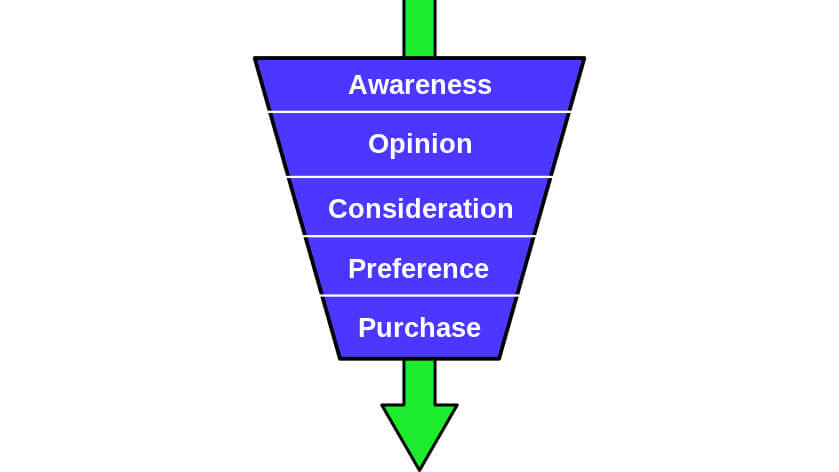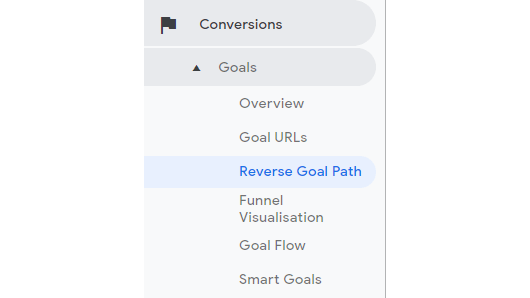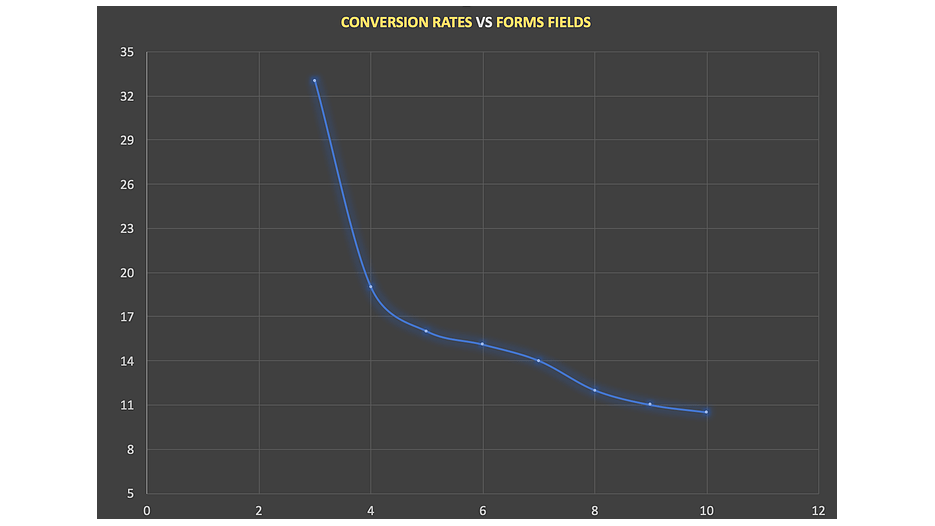DIGITAL MARKETING NEWS
Reimagining the marketing funnel for the disrupted customer experience
Marketing funnels can help to convert your visitors into customers.
However, this hardly ever happens. I have seen so many projects where the company didn’t take into account an ever-changing marketing funnel and failed to convert more visitors.
Lots of conversion rate “experts” also advise setting up funnels, analyzing the dropouts and working out a solution to reduce them. This is what would bring, in theory, more conversions.
In reality, it’s not that simple.
Most of the time, using off-the-shelf analytics solutions for analyzing funnels can bring you some useful insights. Google Analytics, one of the most popular analytics tools, provides the funnel and it’s showing how visitors move from point A to point Z in your website.
But the real value comes from customizing the tool to meet a new, disrupted customer experience.
What’s the problem with our marketing funnel
If we look at the history of the marketing funnel, we see that it was invented in 1898 and hasn’t changed since then.
You can now start to realize what the issue is with marketing funnels; they are stuck in the industrial age when computers weren’t invented yet.
McKinsey & Co. has already questioned the old concept of the marketing funnel and introduced a new model, that incorporates the new customer experience.
“If marketing has one goal, it’s to reach consumers at the moments that most influence their decisions,” the author wrote. But today, he continues, the marketing funnel fails to capture all the touch points and key buying factors resulting from the explosion of products and digital channels.
Visitors don’t follow specific steps
If we look at the ways marketing funnels are built today, we will see this very familiar graph:

Source – Wikipedia Funnel
But visitors don’t’ follow those steps, at least not all of them, not even the majority of them. Research shows that bounce rate from organic traffic is at 46%, of which up to 98% for blogs and up to 90% for landing pages.
The assumption that people will go step by step to the final conversion point is probably the biggest reason for poor conversions and high bounce rate.
Yes, we need funnels to guide us through some kind of optimizations. Yes, we need to see drop out. But how can we get more visitors flooding into funnels and reduce bounce rates?
That’s why we have Reverse Funnel Path in Google Analytics.
The myriads of touch points are shown in this report.

On my company’s website, you can see that for one goal only, visitors can create as many as 1,033 different funnels!

Segments are your best friends
If you don’t know where users come from and you don’t analyze segments, then you are missing out on conversion opportunities. These are very useful segments:
- Devices – with so many devices available to visitors, you can spot differences in conversion rates.
- Referral website – customers that land on your website from a trusted partner is more likely to convert.
- Traffic sources – if you do any promotions or lots of work for SEO, this segment will show you the differences.
- Blog landers – content marketing is very important, right? So, make sure to check this segment and see if your content helps with conversions.
- Paid channels – especially if you run paid ads, make sure they bring conversions.
I’ve found the best converting channels are referrals. My company partnered with highly trusted websites within our niche and found as high as 38% conversion rates.
Don’t worry if this is not your case. My advice is to dig into what’s bringing more conversions and replicate the process for other products and services you offer so that you can optimize accordingly.
Landing pages matter
Landing pages are a key element of your funnel as they influence your conversion rates.
If you think you have a great product and you write amazing content, but you don’t need landing pages, you are playing a dangerous game.
On our website, the best converting landing pages are those built with a vendor because we feel they are important.
But we also optimize them. I have analyzed over 1,000 landing pages and can confirm some elements are more important than others.
In my research, I found:
- If you have a form, three fields convert 12% better than pages with more fields
- 16% of landing pages converting at >10% show no menu items
- Top converting landing pages show a clear headline.

If you want to optimize for conversions and understand your funnel better, create reports based on segments, optimize your landing pages and don’t expect visitors will follow a predetermined route. Until you have gathered data, don’t make any assumptions.
About The Author

Luca Tagliaferro is the senior digital specialist at Future Fit Training, a global digital marketing speaker and SME advisor.










